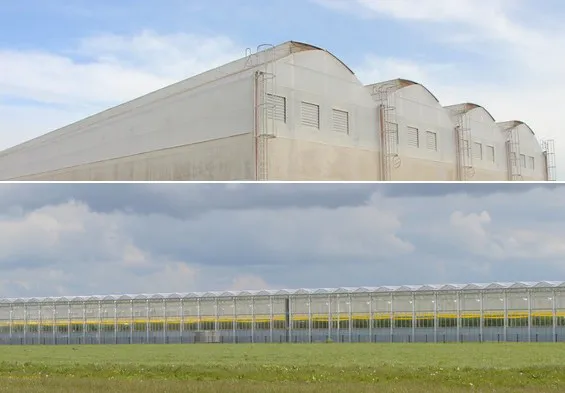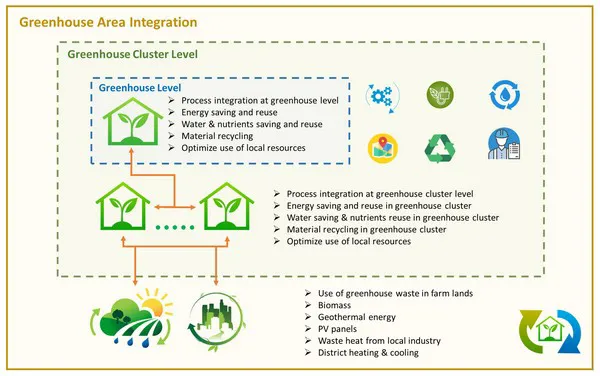Anyone investing in a new greenhouse's first question is always, 'what will it cost'? However, investors are increasingly also asking greenhouse builders about the most sustainable choice. Is it a glass or plastic tunnel greenhouse, or perhaps a vertical farm?
There are many speculations and advocates of certain methods. But it's hard to make a true comparison. So, the Netherlands Organization for Applied Scientific Research (TNO) is developing a model. It will give insight into greenhouse material flows and their sustainability. The Hortivation Foundation commissioned this model. It is being developed in partnership with them too.
Comprehensive comparison demands more
You can already compare greenhouses to a certain extent. The TNO developed the greenhouse modeling program, SIOM. That was on behalf of the Hortivation foundation. Greenhouse builders use it regularly in practice. They use the system for digital test runs in a yet-to-be-built greenhouse.
It calculates things like a greenhouse's water consumption. "You can, therefore, compare cultivation facilities and make sustainability judgments," says Egon Janssen, the TNO's greenhouse horticulturalist. "But to make a comprehensive comparison, you need more."
What exactly that is, the TNO will ask greenhouse builders this summer. That will be in a series of interviews. Egon thinks the model will definitely include a plastic/glass greenhouse comparison. "Suppose you build a greenhouse that will last 30 years. Then you want to know how the environment will affect your choice. With glass, you pay for it once, and it stays good. With plastic, you have to, for example, replace it every three years."

What does cooling cost?
More people also want to compare water usage or energy costs. And not solely from a cost perspective. "In hot countries, cooling plays an important role. But does using water evaporation systems improve that? These lose a lot of water. Or is it better to cool mechanically? Then components like compressors or dehumidifiers needs a lot of electricity," Janssen explains.
He doesn't yet know the answer either. He does think it would be interesting to compare greenhouses and vertical farms, cooling-wise. "That's precisely where supporters and opponents of vertical farming differ. Because of the energy consumption needed for lighting and cooling."

Mustn't drown in details
The project will take 2.5 years. Egon nevertheless expects to be able to share the first results in six months already. "We're going to run and compare user cases. But the trick is to write a piece of software that can make these comparisons. For that, it's crucial to determine to what degree you want to compare things."
"You can, of course, include every nut and bolt. Then, however, we'll still not have an answer, even in ten years. We must include a large number of factors. Then the model will soon give a good idea. It'll be more readily accepted than how calls are still made. These are based, largely, on hunches," he concludes.
For more information:
Egon Janssen
TNO
Tel: +31 (0) 653 467 664
Email: [email protected]
Website: www.tno.nl
Stichting Hortivation
Email: [email protected]
Website: www.hortivation.nl
